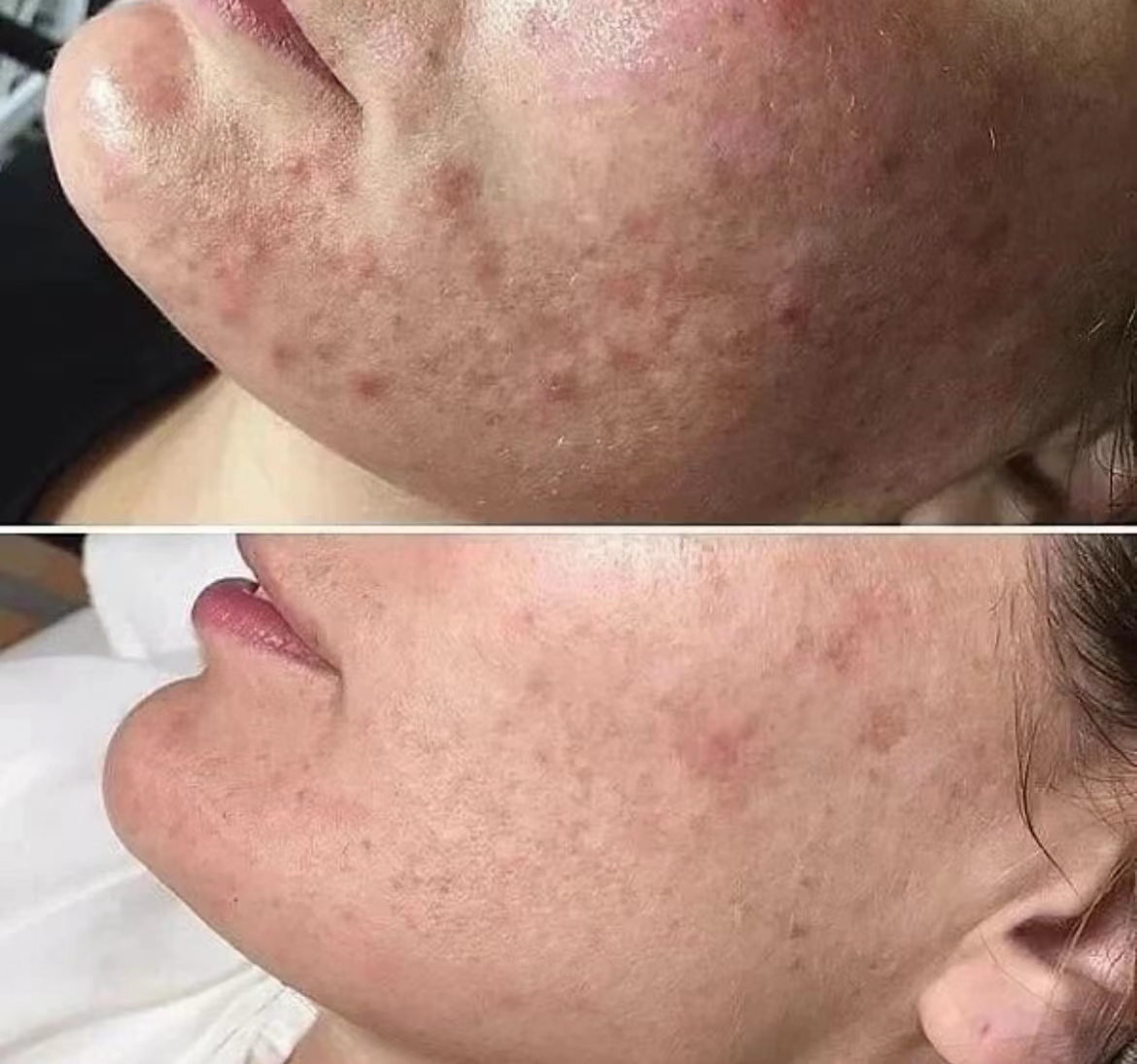Microneedling has gained significant traction in the realm of skincare, particularly with the introduction of radiofrequency (RF) microneedling. This advanced technique combines traditional microneedling with RF energy to enhance skin rejuvenation. However, a common question arises: is one session of RF microneedling enough to achieve desired results? In this blog, we will delve into the effectiveness of this treatment and the role of professional microneedling equipment.
Understanding RF Microneedling
RF microneedling is a minimally invasive procedure that utilizes a specialized microneedling device equipped with fine needles. These needles create micro-injuries in the skin, stimulating the body’s natural healing process. The addition of RF energy further enhances this process by heating the deeper layers of the skin, promoting collagen and elastin production. This dual-action approach makes RF microneedling a powerful tool for addressing various skin concerns, including fine lines, wrinkles, and acne scars.
The Role of Professional Microneedling Equipment
The effectiveness of RF microneedling largely depends on the quality of the microneedling equipment used. Professional microneedling machines are designed to deliver precise and consistent results. These devices often feature adjustable needle depths and RF energy settings, allowing practitioners to customize treatments based on individual skin types and concerns. Investing in high-quality microneedling equipment is essential for achieving optimal outcomes and ensuring patient safety.
Is One Session Enough?
While some patients may notice improvements after a single session of RF microneedling, most practitioners recommend a series of treatments for the best results. The skin requires time to heal and regenerate collagen, which is a gradual process. Typically, a series of three to five sessions spaced several weeks apart is suggested to achieve significant and lasting improvements. Individual factors such as skin type, age, and specific concerns will also influence the number of sessions required.
Factors Influencing Treatment Frequency
Several factors can determine how many RF microneedling sessions a patient may need. For instance, individuals with more severe skin issues, such as deep wrinkles or extensive scarring, may require additional treatments compared to those seeking minor rejuvenation. Additionally, the skin’s response to the treatment can vary; some may experience faster healing and results, while others may need more time. A thorough consultation with a qualified practitioner can help establish a personalized treatment plan.
The Importance of Professional Guidance
Choosing to undergo RF microneedling should not be taken lightly. It is crucial to seek treatment from a licensed professional who utilizes advanced microneedling machines. These experts can assess your skin condition, recommend the appropriate number of sessions, and ensure that the procedure is performed safely and effectively. Professional guidance is vital for minimizing risks and maximizing results.
Post-Treatment Care
After undergoing RF microneedling, proper post-treatment care is essential for optimal healing and results. Patients are typically advised to avoid sun exposure, refrain from using harsh skincare products, and maintain a consistent skincare routine. Following these guidelines can enhance the benefits of the treatment and promote healthier skin.
Conclusion
In conclusion, while one session of RF microneedling may yield some visible improvements, a series of treatments is generally recommended for optimal results. The quality of the microneedling equipment and the expertise of the practitioner play crucial roles in the effectiveness of the procedure. By understanding the nuances of RF microneedling and following professional guidance, patients can achieve their desired skincare goals and enjoy the long-lasting benefits of this innovative treatment.
Post time: Oct-17-2024





